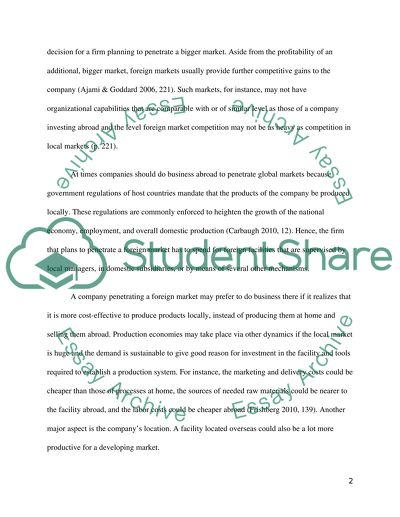Cite this document
(Analyzing the Reasons for Investing Abroad Coursework, n.d.)
Analyzing the Reasons for Investing Abroad Coursework. Retrieved from https://studentshare.org/finance-accounting/1453184-firms-chooses-to-invest-abroad
Analyzing the Reasons for Investing Abroad Coursework. Retrieved from https://studentshare.org/finance-accounting/1453184-firms-chooses-to-invest-abroad
(Analyzing the Reasons for Investing Abroad Coursework)
Analyzing the Reasons for Investing Abroad Coursework. https://studentshare.org/finance-accounting/1453184-firms-chooses-to-invest-abroad.
Analyzing the Reasons for Investing Abroad Coursework. https://studentshare.org/finance-accounting/1453184-firms-chooses-to-invest-abroad.
“Analyzing the Reasons for Investing Abroad Coursework”, n.d. https://studentshare.org/finance-accounting/1453184-firms-chooses-to-invest-abroad.


